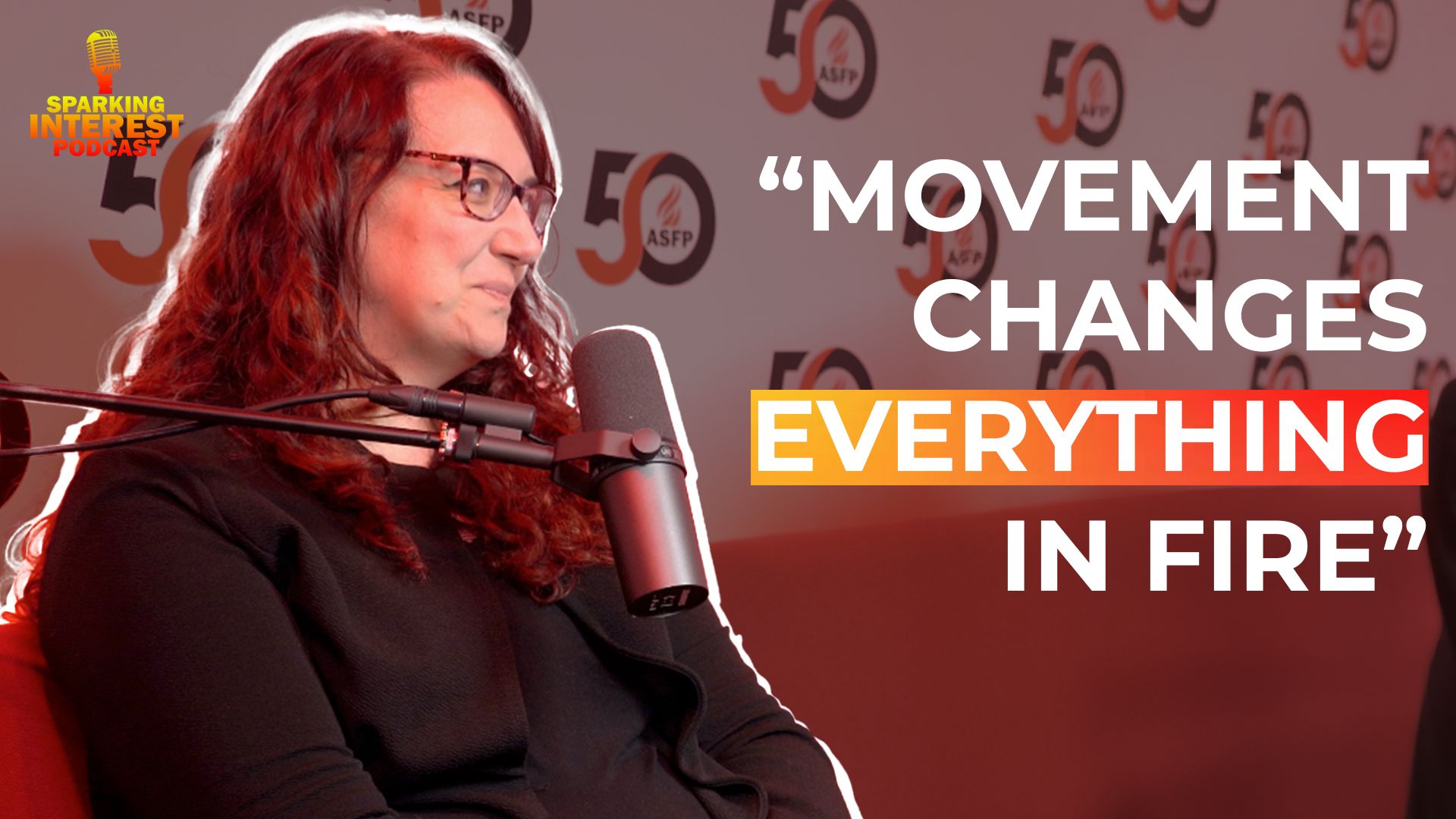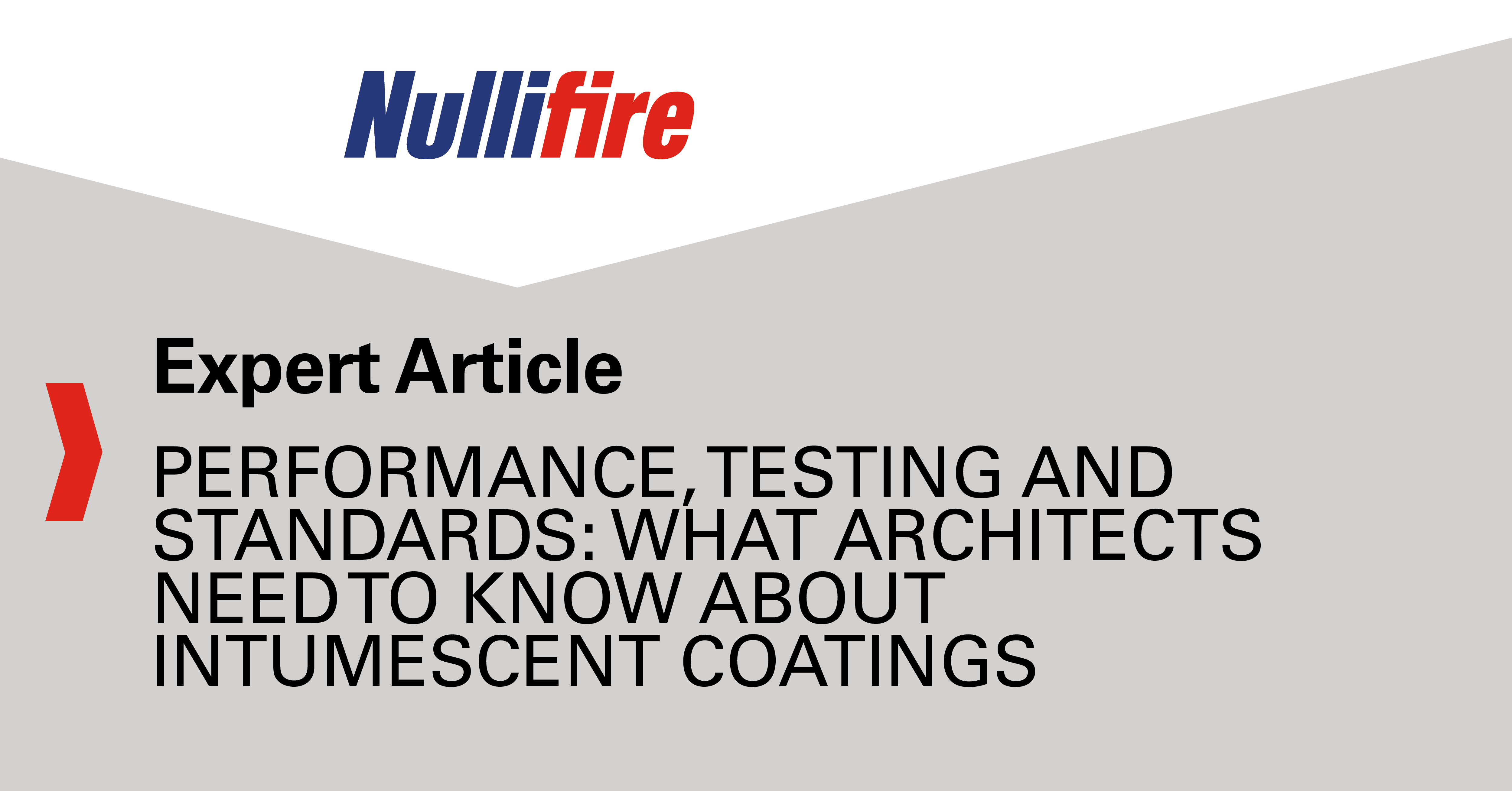Hannah Eyres: Understanding Service and Deflection Movement in Passive Fire Protection

Buildings move. Whether subtly in response to changing loads or more significantly under environmental stress, structural movement is an inescapable reality - and one the passive fire protection industry must increasingly account for.
In the realm of compartmentation, especially service penetrations and deflection heads, the challenge isn’t only acknowledging this movement, but designing for it. Movement, after all, doesn’t announce itself during commissioning - it expresses itself over time, through lived experience.
Structural movement occurs for a variety of reasons: dynamic loads (like thousands of fans entering a stadium), environmental factors (such as wind on high-rise façades), material-specific behaviour (timber swelling or concrete shrinkage), or even thermal loads during a fire event. Each scenario introduces the possibility of compromise in the integrity of firestop systems - particularly where rigid solutions meet flexible reality.
There are two distinct forms of movement to consider:
- Deflection Movement: This is the vertical or horizontal shift between structural elements - for instance, the movement between a floor slab and an internal partition wall.
- Service Movement: Less commonly addressed, this refers to the movement of services (cables, pipes, ducts) that are supported by the soffit. When the soffit deflects, those services move too - placing strain on any seal through which they pass.
While many products exist to accommodate deflection at wall heads, the consideration of movement within service penetrations remains underrepresented - both in product testing and in the standards that guide the industry.
Current UK guidance, such as Approved Document B, references deflection but does so in vague terms - recommending “appropriate” solutions for “suitable” movement, with a nominal figure of 40mm often cited. This, however, is frequently misunderstood or over-applied. In reality, 40mm may represent an extreme upper limit between two unsupported elements - not a blanket figure for all detailing.
Fire test standards such as BS EN 1366-3 (for service penetrations) largely neglect service movement during fire exposure. While Annexe B of 1366-4 does provide a methodology for testing movement, it’s focused more on joint seals and offers little insight into what happens when services shift within a fire-sealed aperture during a blaze.
To address this gap, Nullifire collaborated with Warringtonfire to develop a test method that replicates real-world conditions. This involved mounting a test rig on hydraulics to simulate the movement of a compartment wall before subjecting it to a full-scale fire test. Known informally as the “bouncy wall test,” this setup allowed Nullifire to pre-stress the system before fire exposure - emulating the lived movement of a structure in use.
The goal wasn’t just to validate a product's performance, but to challenge the rigidity of current test norms. By introducing movement into a pre-burn stage, the test better reflects the reality that few buildings burn the day they’re completed. Buildings settle, services get added, and loads shift - all before any fire event might occur.
Another prevalent issue is the overestimation of movement in design briefs. Requests for products to accommodate ±25mm or even ±100mm movement are not uncommon - yet are often unrealistic. Movement of that magnitude would signal significant structural deflection, potentially beyond acceptable building performance. Worse, such figures may be carried forward unchallenged from early design through to procurement and installation, leading to incompatible solutions or untestable expectations.
Education and early engagement remain key. Designers, specifiers, and contractors must be supported in understanding how structural behaviour, material characteristics, and mechanical support interact with firestopping. Tools such as heat maps or structural load analysis can help define more realistic movement allowances, rather than applying arbitrary values across the board.
Movement isn’t a defect - it’s a feature of every structure. But if ignored or poorly understood, it can become a point of failure in life safety design. The passive fire sector must continue pushing for clarity: in test standards, in design dialogue, and in guidance.
The jobs of manufacturers, fire engineers, and members of the ASFP is not to sell solutions, but to provide compliant and safe solutions To challenge assumptions. To bring practical, evidence-based clarity to complex technical conversations. And, ultimately, to help ensure that as buildings shift with time, their fire protection doesn’t fall apart.
Credit to the ASFP: Hannah Eyres: Understanding Service and Deflection Movement in Passive Fire Protection - Association for Specialist Fire Protection











